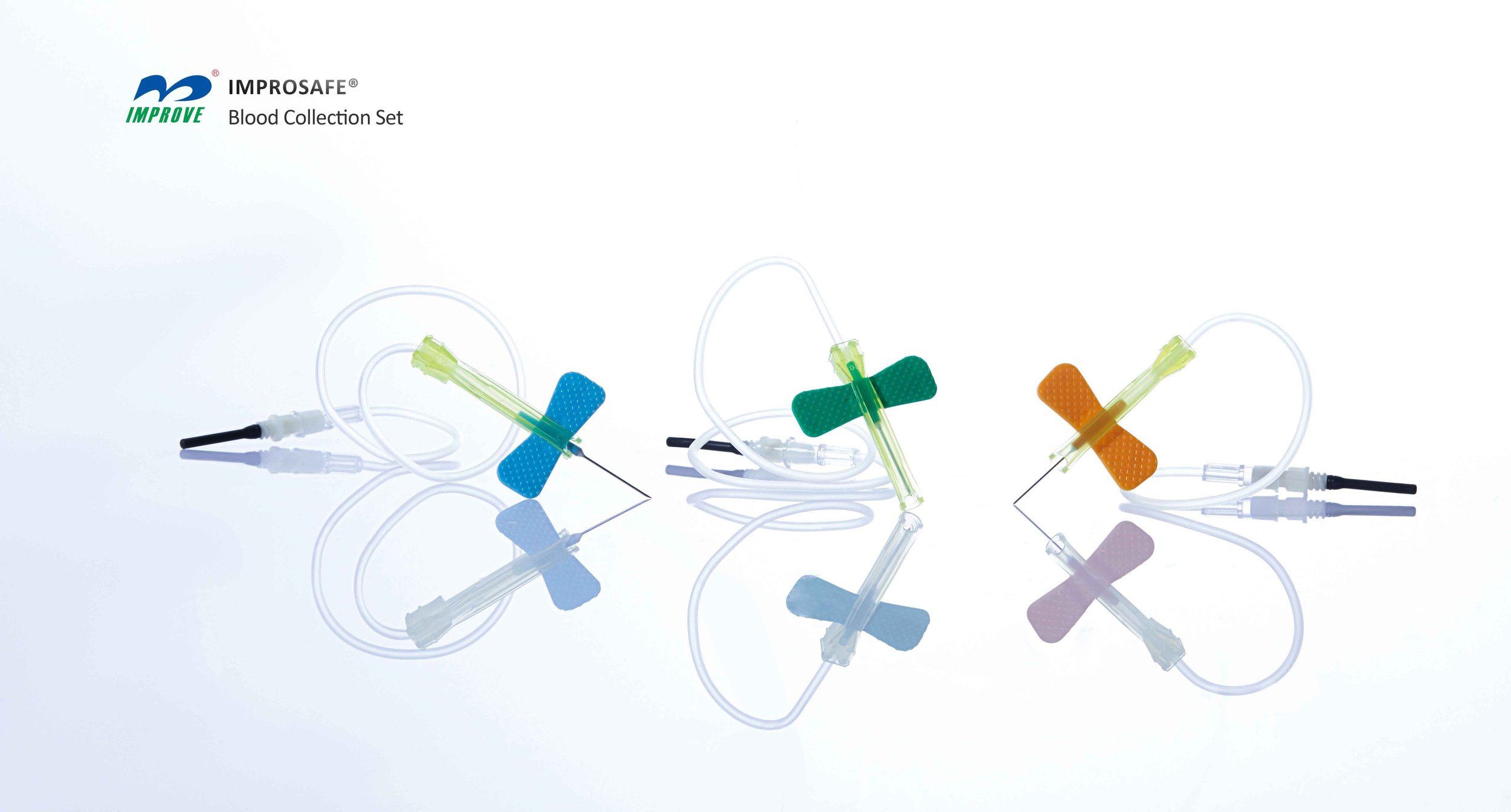Guidelines for Proper Collection of Urine Specimens in Medical Laboratories
Summary
- Proper labeling of urine specimen containers is crucial for accurate identification and processing.
- Collection cups should be sterile and free from contaminants.
- Patients should be provided with clear instructions on how to collect a urine sample to ensure accuracy and reliability.
Introduction
Urine testing is a common diagnostic tool used in medical laboratories to detect a variety of conditions such as urinary tract infections, kidney disease, and diabetes. Proper collection and handling of urine specimens are essential to ensure accurate and reliable Test Results. In this article, we will discuss the guidelines for the collection of urine specimens in the context of medical lab and phlebotomy in the United States.
Proper Labeling of Specimen Containers
One of the most important guidelines for the collection of urine specimens is proper labeling of specimen containers. Each urine specimen container should be correctly labeled with the patient's name, date of birth, and a unique patient identifier, such as a medical record number. This information is essential for accurate identification and processing of the specimen. Additionally, the container should also be labeled with the date and time of collection to ensure proper handling and testing of the specimen.
Sterility of Collection Cups
Another important guideline for the collection of urine specimens is the sterility of the collection cups. Collection cups should be sterile and free from contaminants to prevent any interference with the Test Results. It is important to use new, unused collection cups for each urine sample to avoid contamination. The collection cups should be securely sealed after the sample has been collected to prevent leakage and ensure the integrity of the specimen.
Patient Instructions
Patients should be provided with clear instructions on how to collect a urine sample to ensure accuracy and reliability of the Test Results. Patients should be instructed to wash their hands before collecting the sample to prevent contamination. They should also be instructed on the proper technique for collecting a midstream urine sample, which involves starting to urinate, stopping, and then collecting the middle portion of the urine stream in the collection cup. Patients should be reminded not to touch the inside of the cup or lid to avoid contamination of the specimen.
Additional Tips for Collection
- Patients should be advised to collect the urine sample in the morning when the urine is most concentrated.
- Patients should avoid consuming excessive amounts of fluids before collecting the urine sample to prevent dilution of the specimen.
- Patients should store the urine sample in the refrigerator if it cannot be brought to the lab immediately to prevent bacterial growth.
- Pregnant women should be advised to collect a clean-catch urine sample to prevent contamination from vaginal secretions.
- For infants and young children, special urine collection bags may be used to obtain a urine sample.
Conclusion
Proper collection of urine specimens is essential for accurate and reliable Test Results in the medical laboratory. By following the guidelines outlined in this article, Healthcare Providers can ensure that urine specimens are collected and handled correctly to provide valuable diagnostic information for patient care. Clear labeling of specimen containers, sterility of collection cups, and detailed patient instructions are key components of successful urine collection in the medical setting.

Disclaimer: The content provided on this blog is for informational purposes only, reflecting the personal opinions and insights of the author(s) on the topics. The information provided should not be used for diagnosing or treating a health problem or disease, and those seeking personal medical advice should consult with a licensed physician. Always seek the advice of your doctor or other qualified health provider regarding a medical condition. Never disregard professional medical advice or delay in seeking it because of something you have read on this website. If you think you may have a medical emergency, call 911 or go to the nearest emergency room immediately. No physician-patient relationship is created by this web site or its use. No contributors to this web site make any representations, express or implied, with respect to the information provided herein or to its use. While we strive to share accurate and up-to-date information, we cannot guarantee the completeness, reliability, or accuracy of the content. The blog may also include links to external websites and resources for the convenience of our readers. Please note that linking to other sites does not imply endorsement of their content, practices, or services by us. Readers should use their discretion and judgment while exploring any external links and resources mentioned on this blog.
